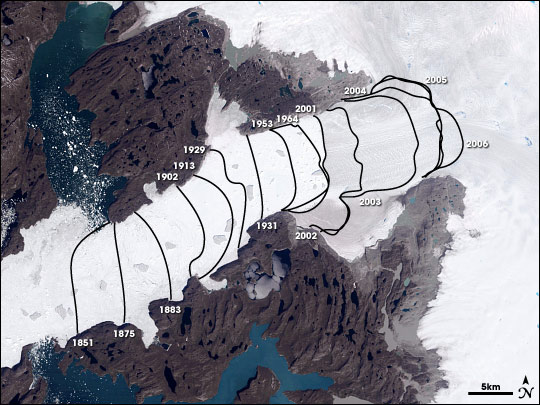Greenland’s ice sheet is said to be melting rapidly and is no longer classed as stable, according to a recent study published in the Nature Climate Journal.
The latest research states that sea levels will rise at an even quicker rate because of Greenland’s deteriorating ice sheet.
Although researchers have been aware of the situation for decades, this was the first time they have found that the northern region of the autonomous country was melting. The study revealed that there has been nearly a three-fold increase in the amount of ice melting in the region.
Ohio State University Earth Sciences professor and the study’s co-author Michael Bevis said more ice is now leaving the world’s second largest ice sheet, which covers 80 per cent of Greenland, than snow falling to take its place. He said his team have been left surprised by the latest findings. The melting ice sheet has contributed greatly to sea levels rising around the world over the past two decades.
The study states that Greenland’s ice loss accounts for one-sixth of the annual rise in sea levels worldwide. An outer glacier in Greenland’s northeastern region has declined by 12.4 miles in just 10 years, which scientists say is a faster rate than what is being recorded on the southwestern Jakobshavnglacier (21.7 miles in the past 150 years).
Scientists first described Greenland’s ice sheet as unstable in 2003 after a number of unusually hot summers caused melting and calving as well as large chunks of ice to break away from glaciers.
From April 2003 to April 2012, the northeastern region lost 10bn tonnes of ice a year, according to the study.

